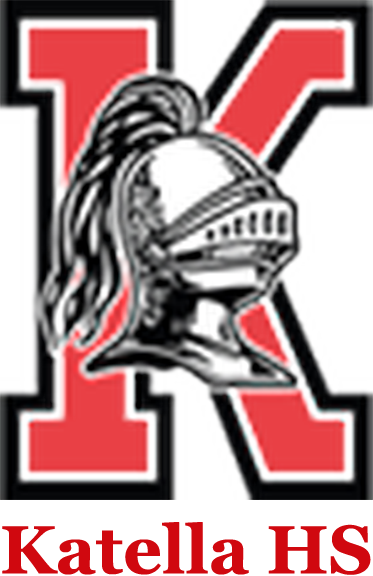I. Fascist Italy
A. The Corporate Economy
1. Mussolini believed that capitalists and workers must be forced to cooperate for the good of the state.
2. He organized 22 state corporations to run all parts of the Italian economy. Each corporation included employers, employees, and government arbitrators.
3. The corporations outlawed strikes and set wages and prices.
4. It is important to note that Mussolini’s corporate state combined private ownership with state control over economic decisions.
IV The Soviet Union (USSR)
A. The Five-Years Plans
1. In 1928, Stalin launched the first of a series of five-year plans designed to transform the Soviet Union’s economic and social structure. The plans had the following goals:
a. End the New Economic Policy
b. Create a socialist command economy in which the government makes all economic decisions
c. Promote the rapid development of heavy industries
d. Collectivize agriculture
2. Stalin’s commitment to a program of massive, large-scale industrialism produced results. By 1940, the Soviet Union (USSR) was a major industrial power, trailing only the United States and Germany.
3. Stalin’s campaign to collectivize agriculture was less successful. Conservative Russian peasants opposed surrendering their land and joining a collective farm. Stalin denounced resisting peasants as kulaks and ordered party officials to “liquidate them as a class.” Kulaks and other peasants were executed, starved, and deported to forced-labor camps.
B. The Great Terror
1. Stalin was a totalitarian dictator who was more powerful than the most autocratic tsar.
2. During the mid-1930’s, Stalin launched a program of state-sponsored terror that began with show trials to eliminate Old Bolsheviks. The Great Terror expanded to include intellectuals, army officers, party members, and ordinary citizens.
3. At least 8 million people were arrested. Millions of innocent people died in forced-labor camps called gulags.
C. Making Comparisons: The Reign of Terror and the Great Terror
1. The Reign of Terror: 1793-1794
a. Ordered by the Committee of Public Safety led by Maximilien Robespierre
b. Intended to save the Revolution from foreign and domestic enemies
c. Justified by the goal of creating a “republic of virtue” where all citizens would possess high moral standards and be dedicated to the public good
d. Eliminated political rivals such as Georges-Jacques Danton
e. Failed to create supporters for Robespierre
f. Used public executions by the guillotine to terrorize the entire nation
g. Ended when the Convention reasserted its authority by arresting and executing Robespierre
2. The Great Terror: 1934-1938
a. Ordered by Joseph Stalin, general secretary of the Communist Party and dictator of the Soviet Union (USSR)
b. Purged Old Bolsheviks and other political rivals who threatened Stalin’s power
c. Justified by claiming the existence of a plot masterminded by Trotsky along with Fascist enemies to overthrow Stalin
d. Used public show trials, executions, and mass imprisonment to terrorize the entire nation
e. Ended when all rivals to Stalin had been eliminated
f. Created a new Communist Party staffed with members who demonstrated total loyalty to Stalin

